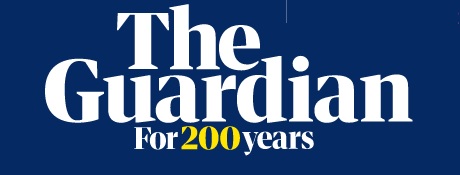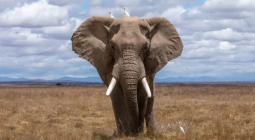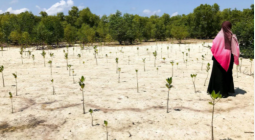Call for hippos to join list of world’s most endangered animals
Hippos could be added to the list of the world’s most endangered animals because of dwindling populations caused by the climate crisis, poaching and the ivory trade.
The semi-aquatic mammals are found in lakes and rivers across sub-Saharan Africa, with an estimated population of 115,000-130,000. As well as the trade in ivory – found in its teeth – and animal parts, they are threatened by habitat loss and degradation, and the effects of global heating.
Hippos are also legally traded for commercial purposes and hunting trophies under Cites, the Convention on International Trade in Endangered Species of Wild Fauna and Flora.
Ahead of the next Cites Cop in Panama in November this year, 10 west African countries, including Togo, Gabon and Mali, have proposed that hippos be given the highest protection under Cites by listing them under appendix I of the convention. Hippos are already listed as an appendix II species, which means they are not necessarily threatened with extinction but could become so if their trade is not regulated.
If approved, it would mean a total international ban on the trade in hippo body parts and ivory to help avert the decline of the species. It is estimated that at least 77,579 hippo parts and products were legally traded from 2009 to 2018.
In 2016, hippos were classified as vulnerable to extinction on the IUCN red list with local declines, particularly in west Africa, raising fears about the survival of the species in some of the 38 African countries where it is found.
The hippopotamus is one of the world’s heaviest land animals; males can weigh as much as 1,800kg, and they are often found in large groups. The animals are especially vulnerable to overexploitation due to their long gestation periods of eight months, and females not reaching sexual maturity until nine or 10 years.
Rebecca Lewison, co-chair of the IUCN SSC hippo specialist group, said hippos have been overlooked as a species of conservation concern due to their high population densities, which can give the impression that there are plenty of them in the wild. But populations have declined substantially over the last 20 years.
“The biggest threat to hippos is habitat loss and degradation. Common hippos rely on fresh water to survive, and that often puts them in conflict with local communities who also need fresh water for agriculture, energy, fishing and residential development,” she said.
“Hippo-human conflicts are on the rise, particularly in west Africa, where common hippo populations are declining rapidly. Hippo-human conflicts unfortunately result in both hippo and human fatalities and have contributed to a related problem of unregulated hunting for hippo meat and ivory, which is found in their canine teeth,” she added.
The proposals are unlikely to affect a small population of hippos found in Colombia, which has grown from the private collection of drug lord Pablo Escobar. Many ecologists say these are an invasive species and should be culled.
Following the proposal, the Cites secretariat will provide an assessment to see whether hippos meet the appendix I criteria and produce a recommendation based on expert evidence.
Keenan Stears, a University of California Santa Barbara ecologist who is based part of the year in Kruger national park, South Africa, said he supported the proposed listing because of the important role hippos play in ecosystems. “A large proportion of hippos are in rivers that are experiencing significant reductions in river flow. Threats like habitat destruction for agriculture are a huge issue,” he said.
But given the right conditions, Stears said, populations could stabilise. “They can recover pretty quickly with enough vegetation. Any kind of protected area would be perfectly fine for the population to increase rapidly.”
John Scanlon, secretary general of Cites from 2010 to 2018, said the upgrading to appendix I would involve the prohibition of all commercial trade in hippos, but would not outlaw bushmeat hunting. “It’s meat, teeth or skin: any commercial international trade would be prohibited.
“A number of organisations will be offering their views on the proposal, and I suspect it will be a big deal,” he added. “There are only about 1,500 species that are classified on appendix I.”






